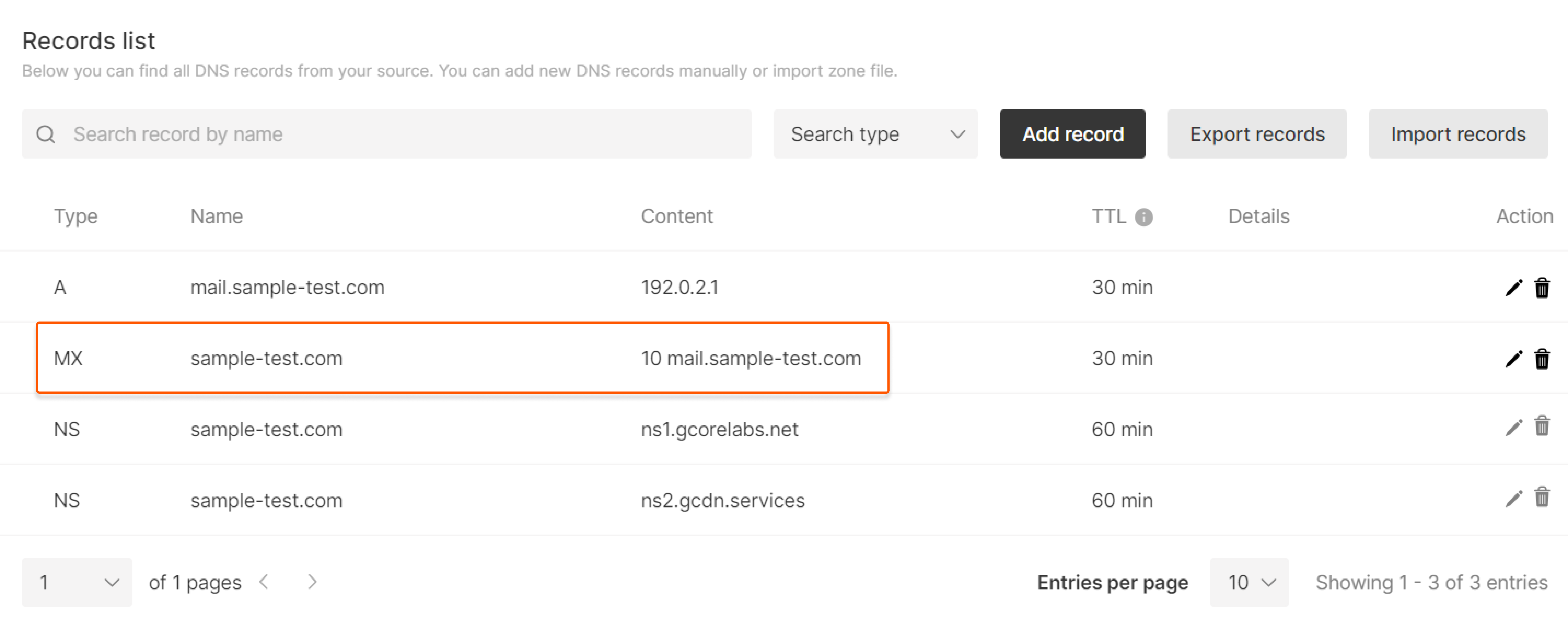Setting Up DNS Records for Your Mail Server
When setting up an email server, one of the most important steps is configuring the Domain Name System (DNS) records correctly. This ensures that your emails are delivered securely and reliably. In this guide, we’ll walk you through the process of setting up DNS records for your mail server.
MX Records
The first and most crucial DNS record you need to set up for your mail server is the Mail Exchange (MX) record. This record specifies which server is responsible for handling email messages for your domain. To create an MX record, you’ll need to provide the following information:
- Priority: Specifies the order in which email servers should be used. Lower values indicate higher priority.
- Mail Server: The hostname of the server that will be processing your emails.
Once you have this information, you can log in to your domain registrar’s control panel and add a new MX record with the specified details. Make sure to double-check the settings to avoid any email delivery issues.
SPF Records
Sender Policy Framework (SPF) records are another essential component of your mail server setup. SPF records help prevent email spoofing and ensure that emails sent from your domain are verified as legitimate.
To create an SPF record, you’ll need to specify the IP addresses or hostnames of the servers authorized to send emails on behalf of your domain. This information is added as a TXT record in your DNS settings.
Adding an SPF record can help improve the deliverability of your emails and protect your domain from being used for malicious purposes.
DKIM Records
DomainKeys Identified Mail (DKIM) is another authentication method that helps verify the authenticity of emails sent from your domain. By adding a DKIM record to your DNS settings, you can provide cryptographic proof that an email message was actually sent by your domain.
To create a DKIM record, you’ll need to generate a pair of cryptographic keys – a private key to sign outgoing emails and a public key to be published in your DNS records. This process adds an extra layer of security to your email communication.
Conclusion
Setting up DNS records for your mail server is essential for ensuring the security and reliability of your email communication. By following the steps outlined in this guide, you can configure your DNS settings correctly and protect your domain from email spoofing and other malicious activities.
Remember to regularly review and update your DNS records to keep up with any changes in your mail server configuration or domain settings. This will help ensure that your emails are delivered successfully and that your domain remains secure.
